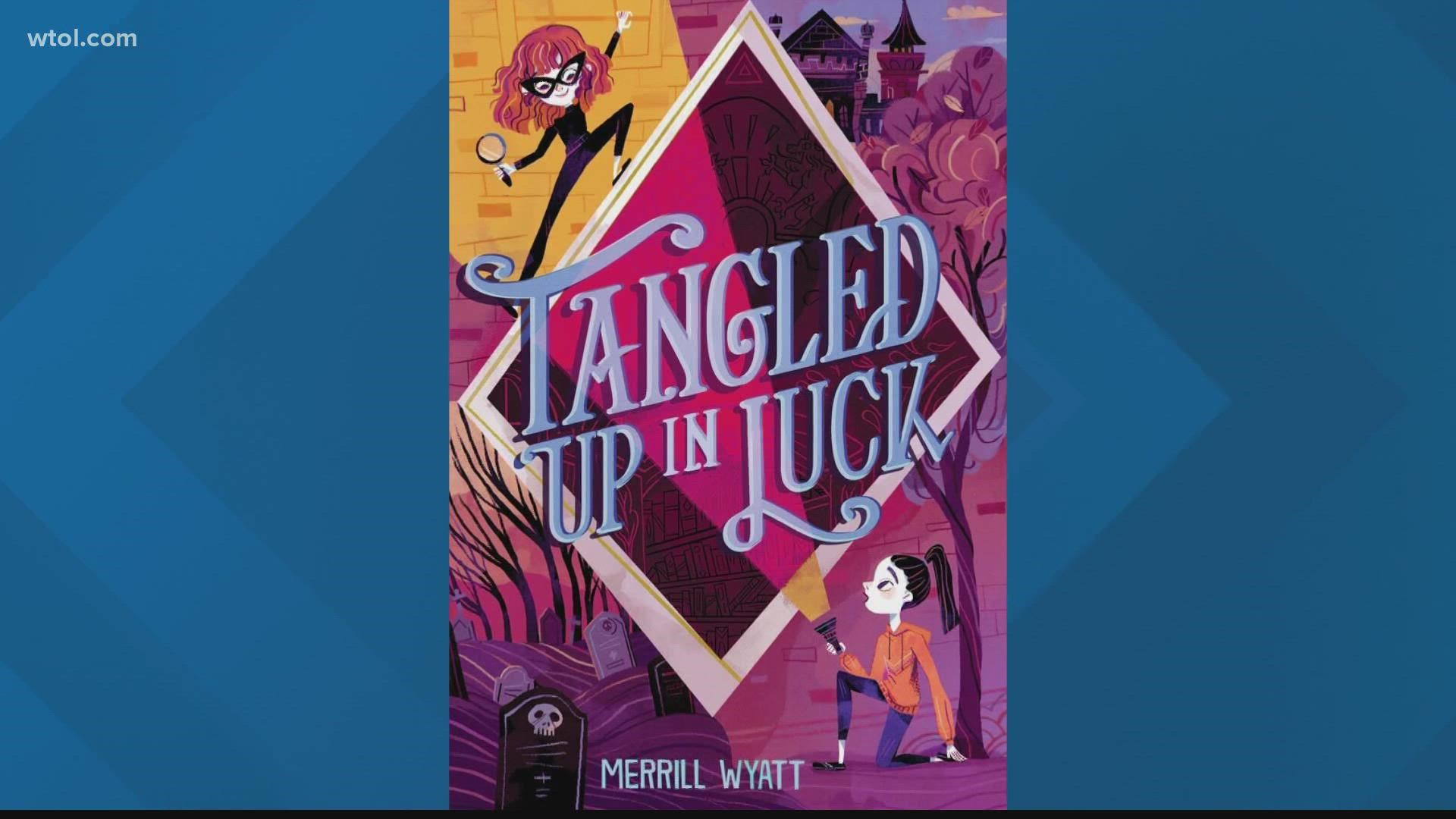It's been said for generations that a college degree is necessary if you want to have a lucrative career. But in today's climate, with rising tuition costs and the need for tradesmen, some degrees are increasingly under the microscope.
Right now, there's a growing demand for workers in fields that don't require a college degree.
According to PeopleReady Skilled Trades, a company connecting businesses with skilled laborers, there's been a 50 percent increase in the need to fill those jobs during the pandemic.
Some of those positions, according to the company, include apprenticeships for plumbers, roofers, or carpenters. There's also a growing need for construction workers or electricians.
At the same time, the cost of a college education is rising to record levels.
A U.S. News report says tuition at private schools has jumped 144% in the last 20 years. In-state tuition is up over 200%. That has some people second-guessing a college degree, and others wondering why they went into debt for a degree that can’t promise a financially stable career.
The graduate
Perrysburg native Sean Lynott says he knows all about the regret that can come from choosing the wrong field of study.
Lynott graduated from Ohio University as a creative writing major, but today works in making beer at a winery and brewery in Petoskey, Michigan.
"I feel like a more practical degree allows you to survive in the world and you can always write on the side," he said.
Lynott believes if he had stuck with journalism he'd be writing professionally now.
In order to have a career in creative writing, writers are encouraged to publish, but it's that difficulty that pushes people out of the field.
According to Lynott, who says he wrote personal essays and non-fiction, publishing is the mark of a professional and how a creative writer makes a living.
"It just seemed like an impossible hill to climb," said Lynott.
Professor Abby Cloud in the Creative Writing Department at BGSU runs the Mid-American Review, which publishes short stories and poetry.
Cloud says established journals like the Mid-American Review, which usually don’t pay writers but instead offer a foot in the door to the writing profession by giving aspiring writers publishing credits, are themselves difficult to publish in.
"We are heavily back-logged right now and we're not even open. Our acceptance rate is typically 1% or less. We're printing maybe 10 to 12 stories per year. We're printing maybe 60 poems a year," said Cloud.
To get accepted into a recognized journal, a budding writer sends in their work, usually by mail.
That submission joins the other submissions mailed in from across the country.
At that point, associate editors will read the submission, and if they like it, will forward the work to a poetry or fiction editor.
A collection of hundreds of submissions can be whittled down to a small handful when it comes time to actually publish.
The exception that proves the rule
It's even harder to attract the attention from a publishing house. The "Big Five" publishers include Penguin/Random House, Hachette Book Group, Harper Collins, Macmillan, and Simon and Schuster.
It’s something fiction writer and Toledoan Amy Merrill-Wyatt was able to do, but only after developing a thick skin. She also says it’s vital to secure an agent willing to represent you.
"When I got my first agent several years ago, I probably sent my book out to easily 60, 70, or 80 agents, and they all rejected it before I finally got an agent to accept it. And that agent sent it out to another 25 editors at various publishing houses," said Merrill-Wyatt.
She says a publisher accepted her first book which lead to a multi-book deal, but that was far from easy.
Merill-Wyatt says she received a standard deal from Simon and Schuster. $25,000 plus royalties for the first book and another $25,000 plus royalties for the second book.
The cost of tuition per year at BGSU is $12,547.20 for in-state residents. At the University of Toledo, it's about the same - $11,356 a year.
The laborer
Marcellus Pfaff isn't sold on a college degree. The lifelong Toledoan works for the Local 500 laborers union. He's 25-years-old and says that route wasn't for him.
"Without having tens of thousands of dollars in debt, most trades pay reasonably well enough to support a family and invest money," said Pfaff.
He says the starting wage is about $16 an hour and journeymen can level up to nearly $29 an hour.
And of course, a later in life college education is always going to be an option.
On the other hand...
Still, Professor Abby Cloud at BGSU thinks a creative writing degree and others like it have purpose, especially in today's workforce. She says she fields the question from parents all the time.
"Every organization, every office, needs writers. And creative writing makes you especially suited for writing to different audiences and telling a story. Writers are probably more important than ever before," said Cloud.
She adds that many organizations have trouble pivoting during a crisis. Creative writers, she says, are most flexible.
On the heels of her book being published by one of the "Big Five," Merrill-Wyatt has these words of wisdom for anyone with the dream of becoming a writer.
"With publishing, it is very tough and very easy to get discouraged. My advice would be that it's okay to be disheartened. It's okay to feel down about those things. Just keep at it when you can."
Amy Merrill-Wyatt’s "Tangled up in Luck" is being released on Tuesday, November 2. Simon and Schuster has committed to publishing that series.
RELATED:

